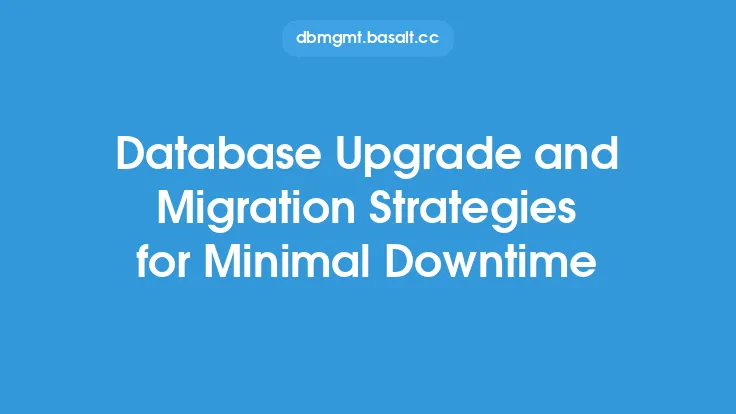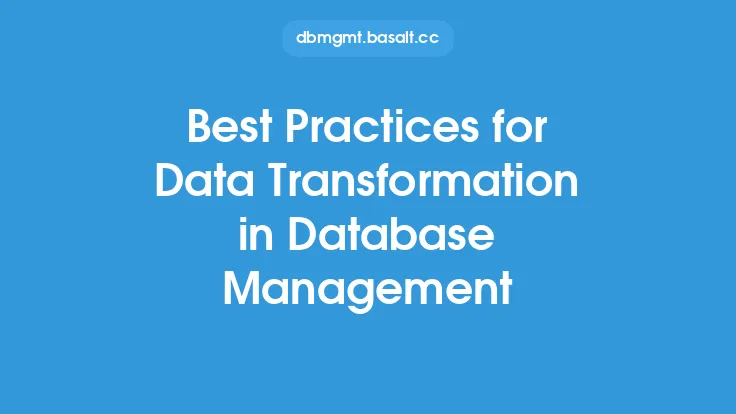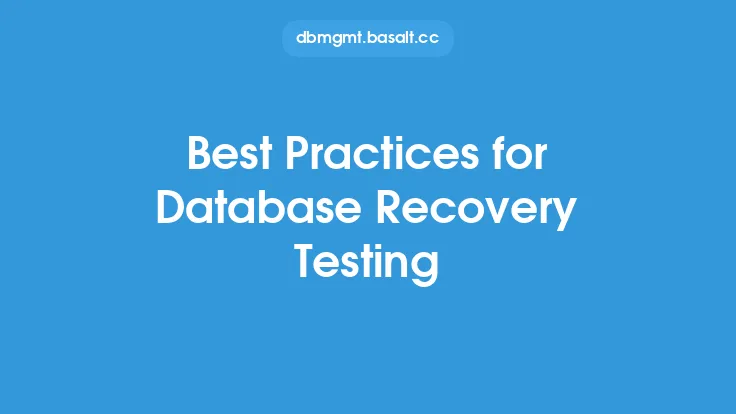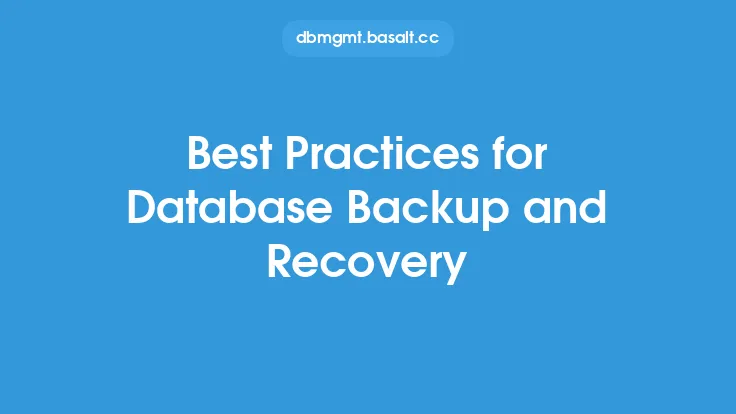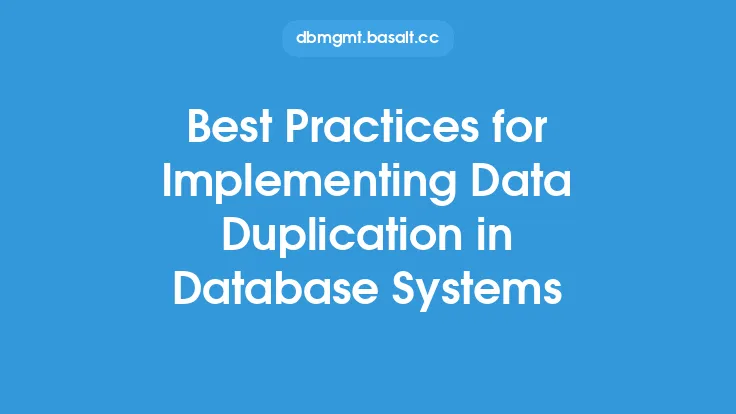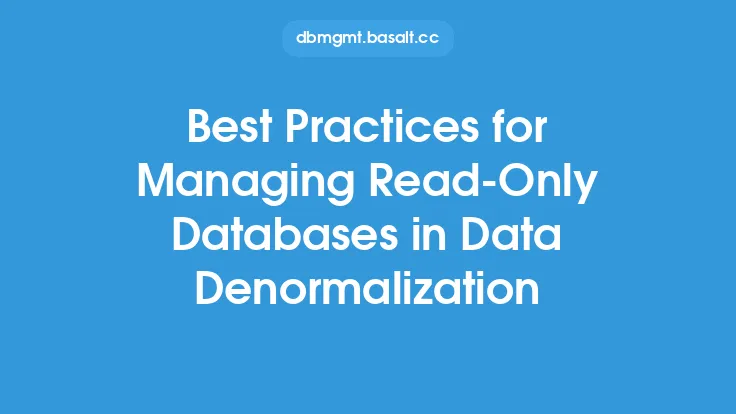When it comes to data migration, one of the most critical factors to consider is minimizing downtime. Downtime can have a significant impact on business operations, leading to lost productivity, revenue, and customer satisfaction. To avoid these negative consequences, it's essential to have a well-planned strategy in place for minimizing downtime during data migration. In this article, we'll explore the best practices for achieving this goal.
Understanding the Causes of Downtime
Before we dive into the best practices for minimizing downtime, it's crucial to understand the common causes of downtime during data migration. These can include technical issues, such as network connectivity problems, hardware failures, or software compatibility issues. Human error, such as incorrect data mapping or insufficient testing, can also lead to downtime. Additionally, environmental factors, like power outages or natural disasters, can cause unexpected downtime. By understanding these potential causes, you can take proactive steps to mitigate them.
Pre-Migration Planning
Pre-migration planning is critical to minimizing downtime. This involves assessing the current system, identifying potential risks, and developing a comprehensive migration plan. The plan should include a detailed timeline, resource allocation, and a clear understanding of the technical requirements. It's also essential to establish a communication plan to keep stakeholders informed of the migration progress and any potential issues that may arise. By having a well-planned strategy in place, you can reduce the likelihood of downtime and ensure a smoother migration process.
Data Migration Techniques
The data migration technique used can significantly impact downtime. There are several techniques to choose from, including big bang, phased, and incremental migration. Big bang migration involves migrating all data at once, which can be high-risk and may result in significant downtime. Phased migration, on the other hand, involves migrating data in stages, which can help reduce downtime. Incremental migration involves migrating data in small increments, which can be the most effective way to minimize downtime. The choice of technique will depend on the specific requirements of the migration project and the level of risk tolerance.
Testing and Quality Assurance
Thorough testing and quality assurance are critical to minimizing downtime. This involves testing the migration process, data integrity, and system functionality to ensure that everything is working as expected. It's essential to test for potential errors, such as data corruption, formatting issues, or compatibility problems. By identifying and addressing these issues before the migration, you can reduce the likelihood of downtime and ensure a smoother transition.
Monitoring and Support
Monitoring and support are essential during the migration process. This involves closely monitoring the system for any signs of trouble, such as performance issues or error messages. It's also crucial to have a support team in place to quickly address any issues that may arise. This can include having a team of technical experts on standby, as well as a clear escalation procedure in place. By having a robust monitoring and support system in place, you can quickly identify and resolve any issues that may cause downtime.
Automation and Scripting
Automation and scripting can play a significant role in minimizing downtime. By automating repetitive tasks, such as data transfer or system configuration, you can reduce the likelihood of human error and free up resources for more critical tasks. Scripting can also help to streamline the migration process, making it faster and more efficient. Additionally, automation and scripting can help to reduce the risk of downtime by minimizing the need for manual intervention.
Change Management
Change management is critical to minimizing downtime. This involves managing changes to the system, data, or configuration to ensure that they do not disrupt the migration process. It's essential to have a clear change management process in place, which includes assessing the impact of changes, testing, and approval. By managing changes effectively, you can reduce the likelihood of downtime and ensure a smoother transition.
Communication and Stakeholder Management
Communication and stakeholder management are essential to minimizing downtime. This involves keeping stakeholders informed of the migration progress, any potential issues that may arise, and the expected downtime. It's crucial to have a clear communication plan in place, which includes regular updates, status reports, and escalation procedures. By keeping stakeholders informed, you can manage expectations and reduce the impact of downtime on business operations.
Post-Migration Review
A post-migration review is critical to identifying areas for improvement and minimizing downtime in future migration projects. This involves reviewing the migration process, identifying any issues that arose, and documenting lessons learned. It's also essential to assess the effectiveness of the migration strategy and identify areas for improvement. By conducting a thorough post-migration review, you can refine your migration strategy and reduce the likelihood of downtime in future projects.
Conclusion
Minimizing downtime during data migration requires careful planning, execution, and monitoring. By understanding the causes of downtime, using the right migration techniques, testing and quality assurance, monitoring and support, automation and scripting, change management, communication and stakeholder management, and post-migration review, you can reduce the likelihood of downtime and ensure a smoother transition. Remember, downtime can have a significant impact on business operations, so it's essential to take proactive steps to mitigate it. By following these best practices, you can minimize downtime and ensure a successful data migration project.
